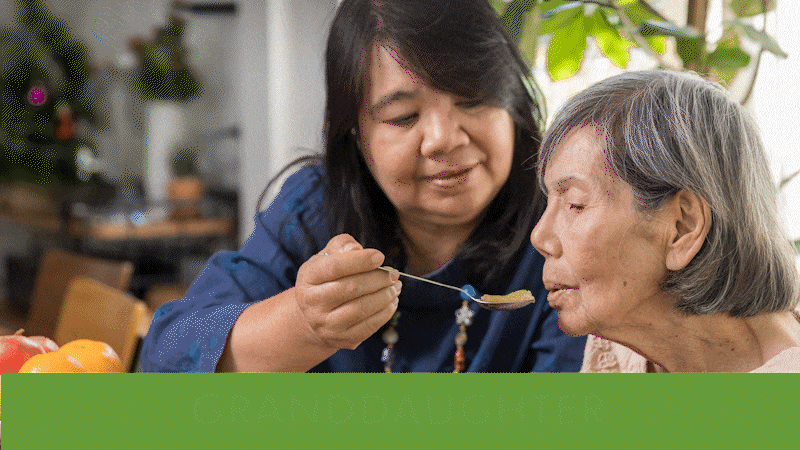Orthopedic rehabilitation is a therapeutic approach to recovery after illness, surgery, or an acute medical event. The main purpose of orthopedic rehab is to alleviate pain from illness, surgery, or trauma and to correct the limitations of the musculoskeletal system. In other words, orthopedic rehab aims to help you regain control over your limbs and use assistive devices or to learn new ways to overcome any remaining limitations.
Orthopedic rehab typically addresses the structures of the musculoskeletal system such as muscles, bones, ligaments, joints, cartilage, and tendons.
The most common types of orthopedic conditions that may require orthopedic rehab include:
- Osteoporosis
- Arthritis
- Broken bones
- Sciatica
- Stroke
- Carpal tunnel
- ACL and meniscus tears
- Amputation
The Most Common Types of Orthopedic Rehabilitation
The most common types of orthopedic rehab involve:
- Physical therapy – helps restore your mobility, strength, and flexibility and gradually optimize your physical abilities.
- Occupational therapy – helps you regain the ability to perform your day-to-day activities. Occupational therapy may include hand-eye coordination training, balance training, and movement adaptation.
- Hand therapy – helps restore the use of your arms and hands by providing you tools, techniques, and information to help you use your hands and arms effectively again.
Inpatient and Outpatient Orthopedic Rehab
There is no ‘one size fits all’ when it comes to orthopedic rehabilitation treatment. Based on your health condition and abilities, your healthcare provider will help you set the recovery goals and create a personalized orthopedic rehab treatment, adjusting it to your recovery along the way.
Depending on your illness or injury, your rehabilitation may be organized through an inpatient program (for post-acute medical conditions) or on an outpatient basis (for minor injuries). For example, a person who is recovering from a surgical amputation and someone with a broken leg will benefit from different forms of orthopedic rehabilitation. While the person recovering from amputation may benefit from an inpatient program, the patient with a broken bone may be best served through outpatient care.
While both inpatient and outpatient orthopedic rehabilitation involves the gradual strengthening of the body and mind, therapy is usually more intensive for patients with severe injuries and impairments in inpatient settings.
In the final stage of orthopedic rehab, you will be provided effective transition tools and resources that will help you to adjust to home or long-term care facility after your injury or illness. These may involve self-management strategies for your condition, home safety modifications, or arranging caretaking services.
The Benefits of Orthopedic Rehabilitation
The main benefit of orthopedic rehab is the ability to regain the function in your body as effectively and quickly as possible. Additionally, orthopedic rehab reduces pain and the need for painkillers, promotes circulation, prevents further injuries, and improves cognition and memory.
